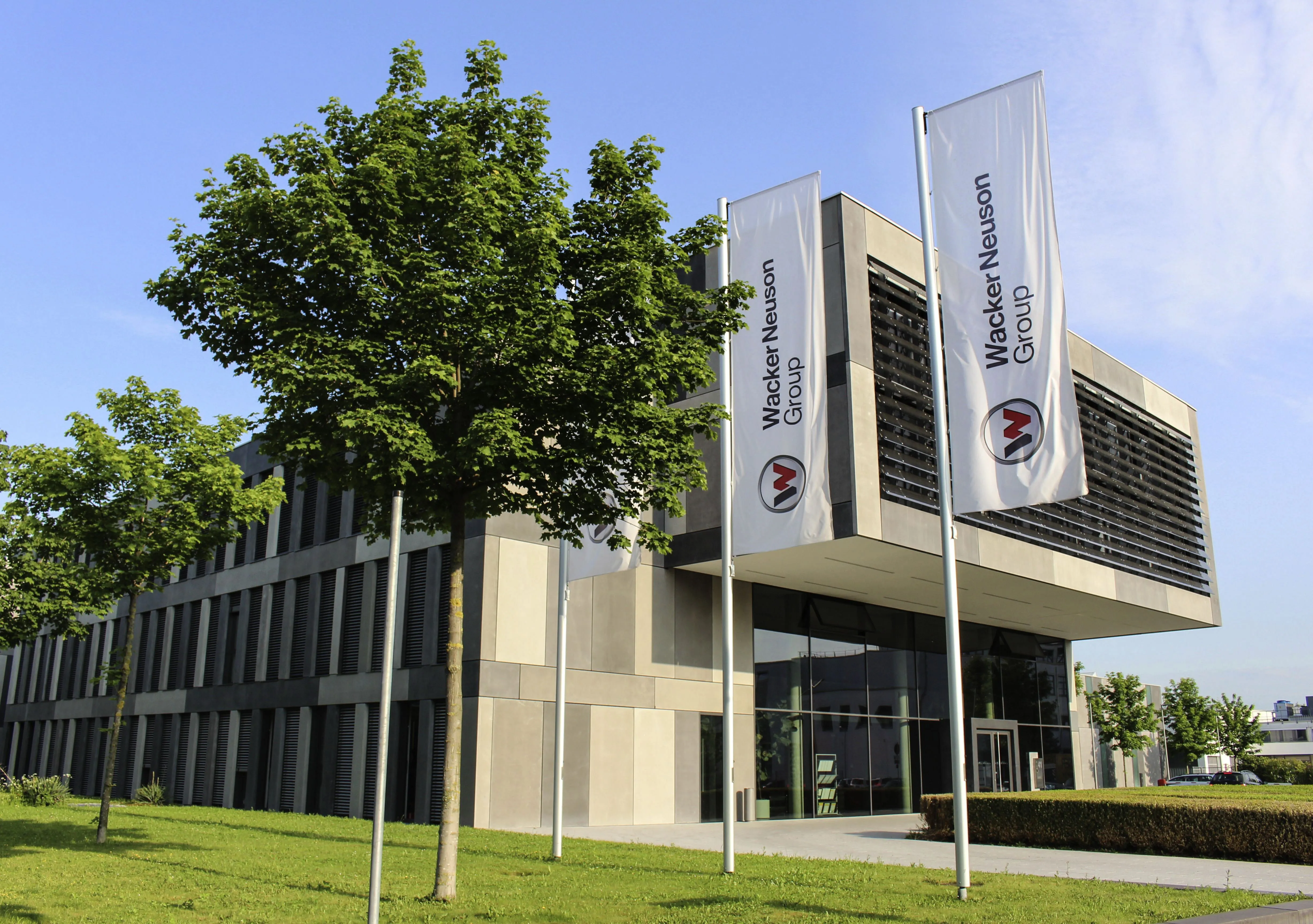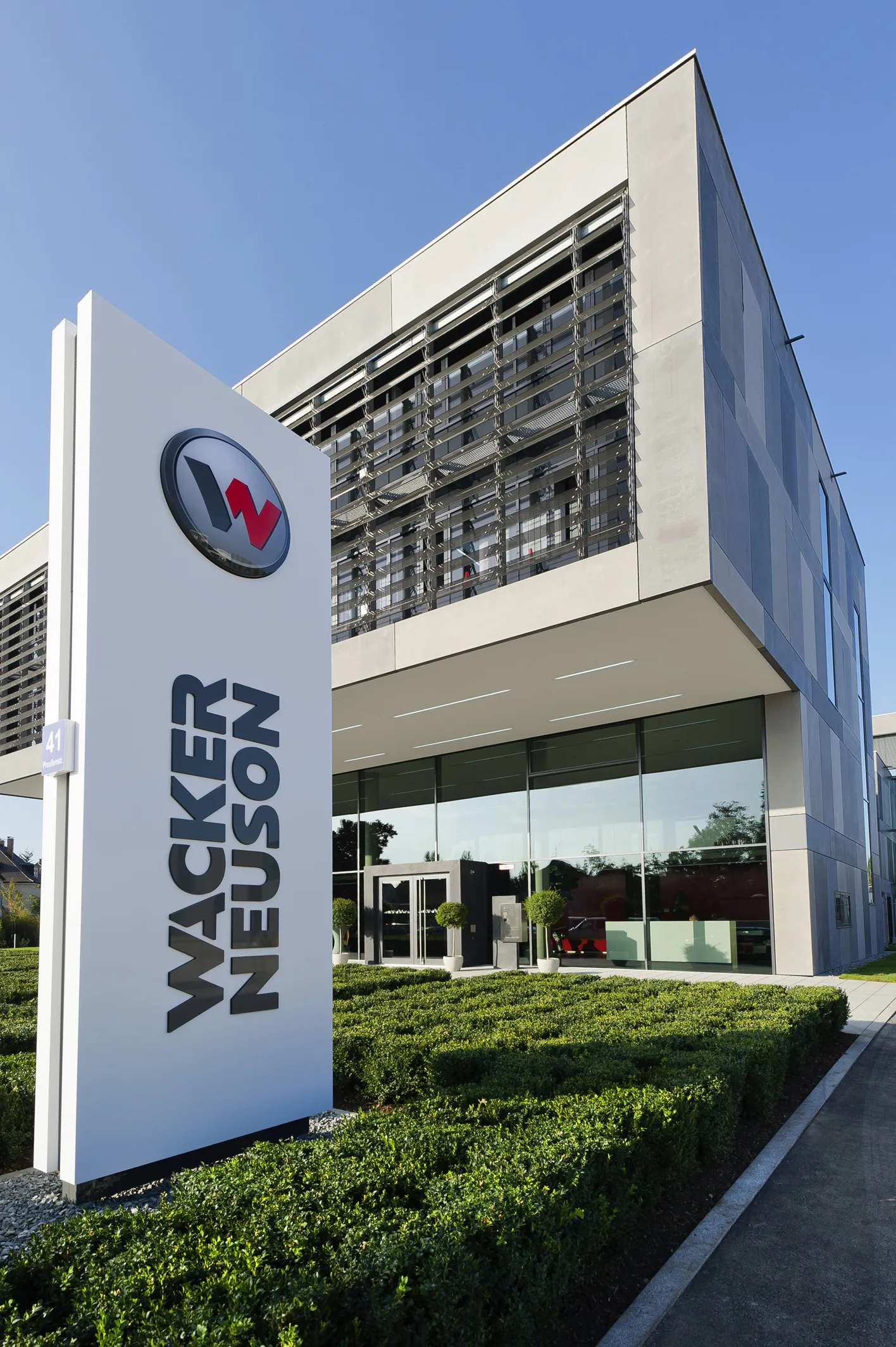Wacker Neuson is enjoying strong performance in 2021.
By MJ Woof
August 11, 2021
Read time: 3 mins

Wacker Neuson is benefiting from a successful first six months in 2021 with growth accompanied by increase in profitability and strong cash generation. The firm says that revenue for the first half of the year was 16.5% higher than for the same period in 2020. Particular gains have been seen in Europe and Asia-Pacific, where the firm has seen its business levels grow beyond pre-crisis levels. However, its supply chains are under significant strain.
The highly unstable situation across global supply chains has presented the Group with significant challenges, especially in the second quarter. Revenue for the first six months of the year amounted to €928.3 million, up 16.5% from the €796.7 million seen in 2020. Adjusted for currency effects, this corresponds to an increase of 18.1%. The Group reported an even bigger rise in earnings with profit before interest and tax (EBIT) rising 98.6% to €100.1 million, compared with €50.4 million for the first six months of 2020. The EBIT margin amounted to 10.8%, which is an increase of 450 basis points.
“The first half of the year was a success, but not easy. We are back in growth mode and have seen a rise in profitability plus strong cash generation. Demand for our products is developing dynamically but recent weeks have seen our supply chains severely overstretched, and in some cases, interrupted. This situation presents us with major productivity and delivery challenges,” explained Karl Tragl, CEO of the Wacker Neuson Group.
Business developed positively in Europe and Asia-Pacific, where the Group has already managed to exceed 2019 revenue levels. In the Europe segment, which accounts for 79 of Group figure, revenue for the first half-year increased 16.7% relative to the previous year to reach €737.1 million, compared with €631.4 million in 2020. In the construction sector, key growth drivers included the domestic markets of Germany and Austria, as well as the UK, where the Group continues to benefit from high growth rates with its dumper models.
Revenue for Asia-Pacific in the first six months of the year rose 49.8% to €32.8 million compared with €21.9 million in 2020. Business in Australia developed exceptionally positively. Buoyed by an extended dealer network, increased focus on independent rental companies and a product portfolio tailored to local needs, the Group more than doubled its revenue here for the first half of the year relative to 2020. The figure for H1 is also significantly higher than the pre-crisis figure for 2019.
Revenue for the Americas in the first half of the year amounted to €158.4 million compared to €143.4 million in 2020, a rise of 10.5%. Adjusted for currency effects, revenue for this region grew by 18.1%. Customers remained cautious about investments at the start of the year in particular. However, business picked up markedly towards the end of the first quarter, buoyed in part by a gradual increase in demand from rental companies.
At €155.3 million, cash flow from operating activities for the first half of the year was clearly above the high prior-year figure of €124.8 million. Net financial debt decreased to €79.4 million as a result of the positive cash flow development. Gearing is reported at 6.4%.
Order intake developed dynamically for the Group in the first half-year. However, major delays and repeated disruptions to global supply chains meant that orders could not be fulfilled in the planned timeframes. “The situation with global supply chains will remain our biggest challenge for the foreseeable future. We need to maximise production flexibility so we miss as few manufacturing windows as possible but are increasingly reaching the limits of what is feasible here. In addition to this, we are facing ever-rising prices for raw materials, components and shipping. We expect these developments to have a greater impact on revenue and earnings in the second half of the year. We are, however, delighted to see such strong demand for our products and services as this shows us, once again, that we are meeting our customers’ needs,” added Dr Tragl.







